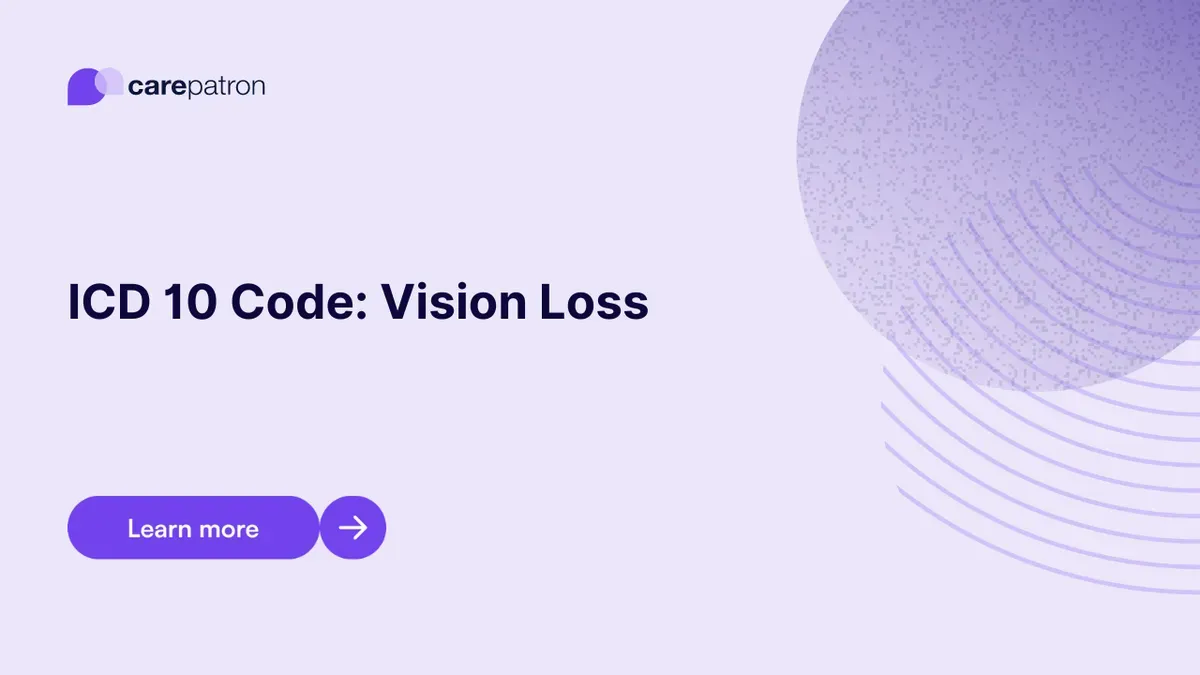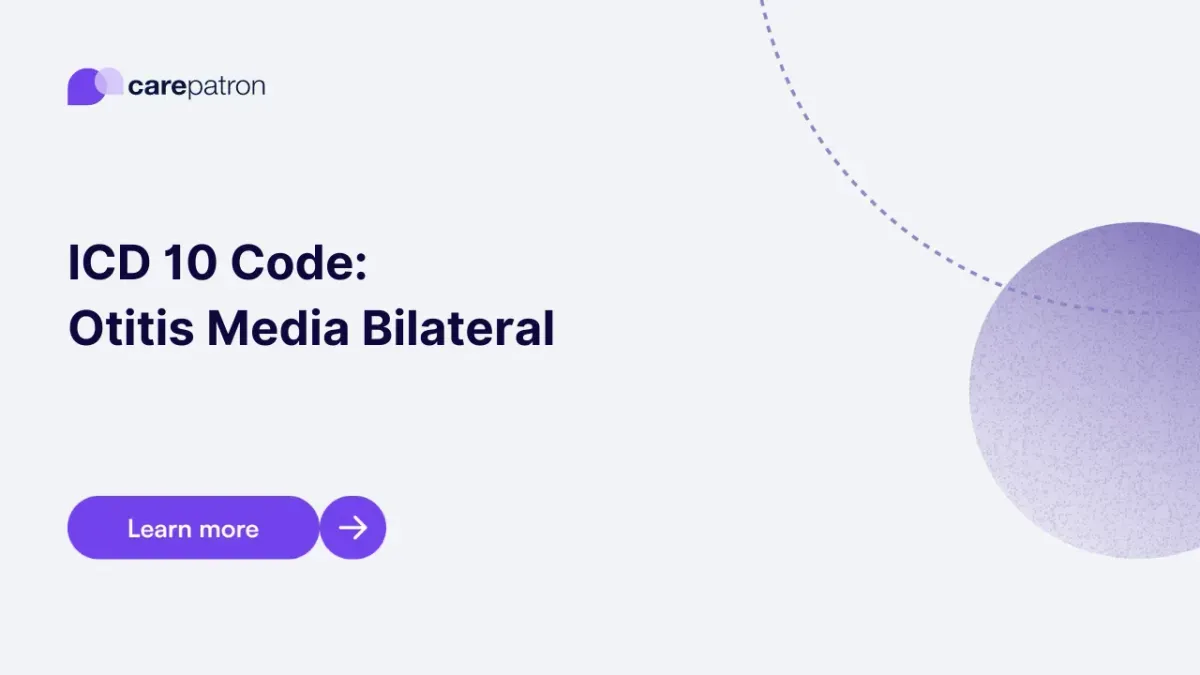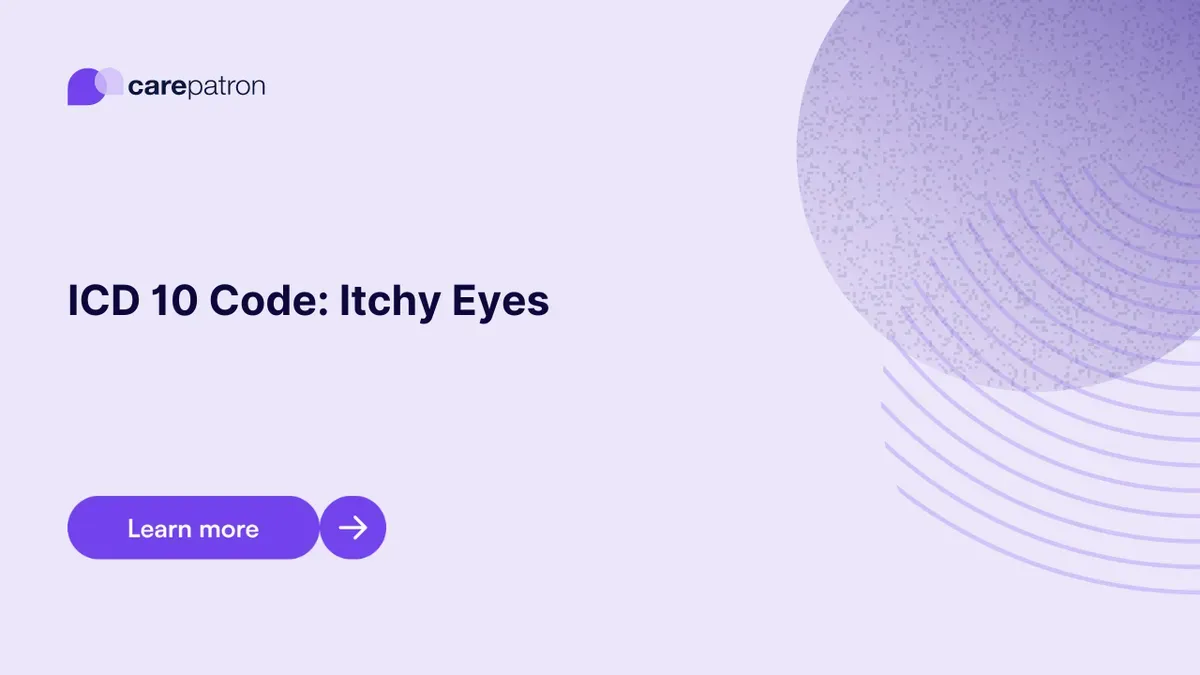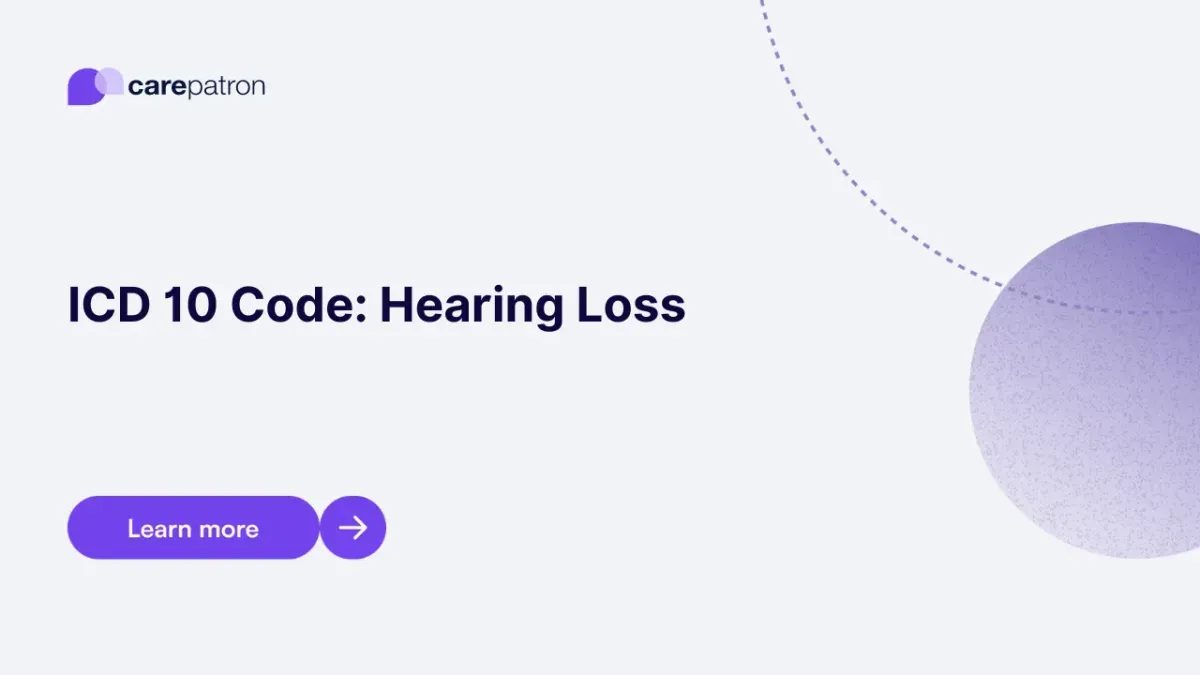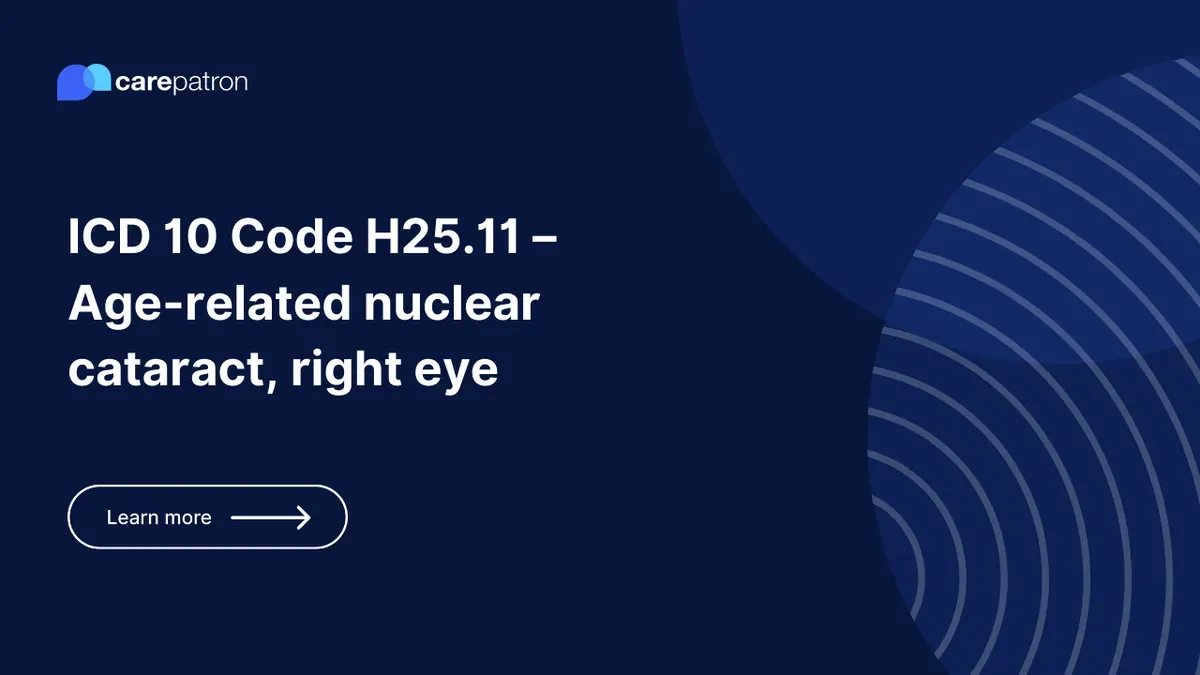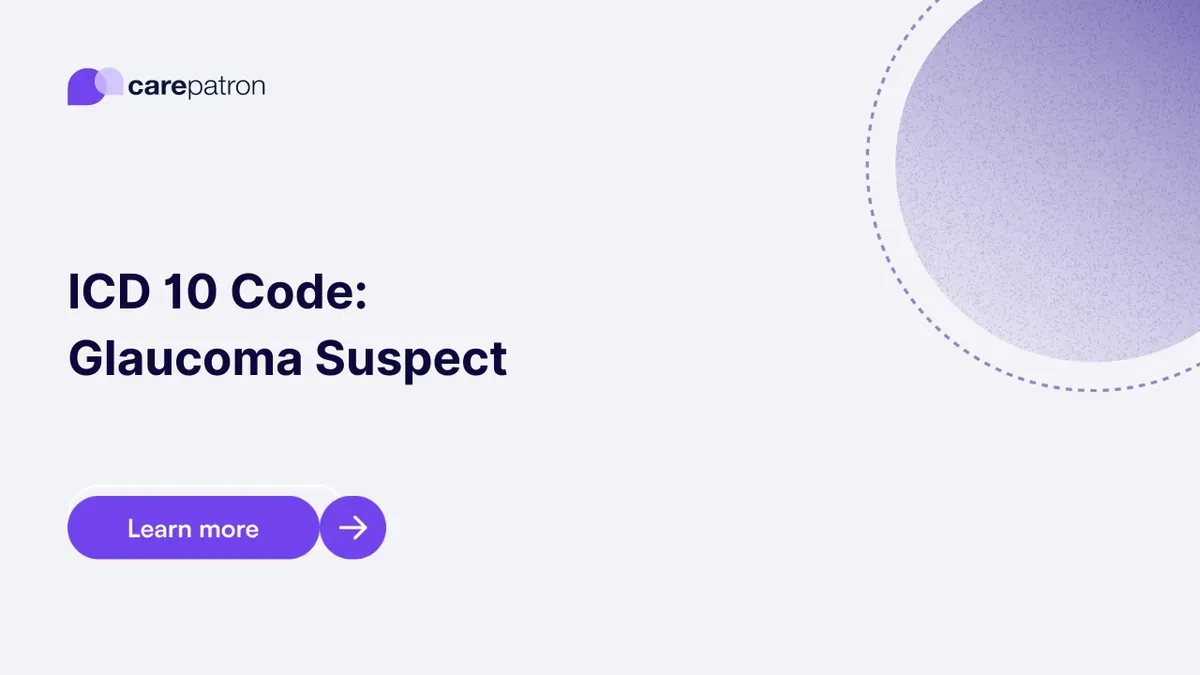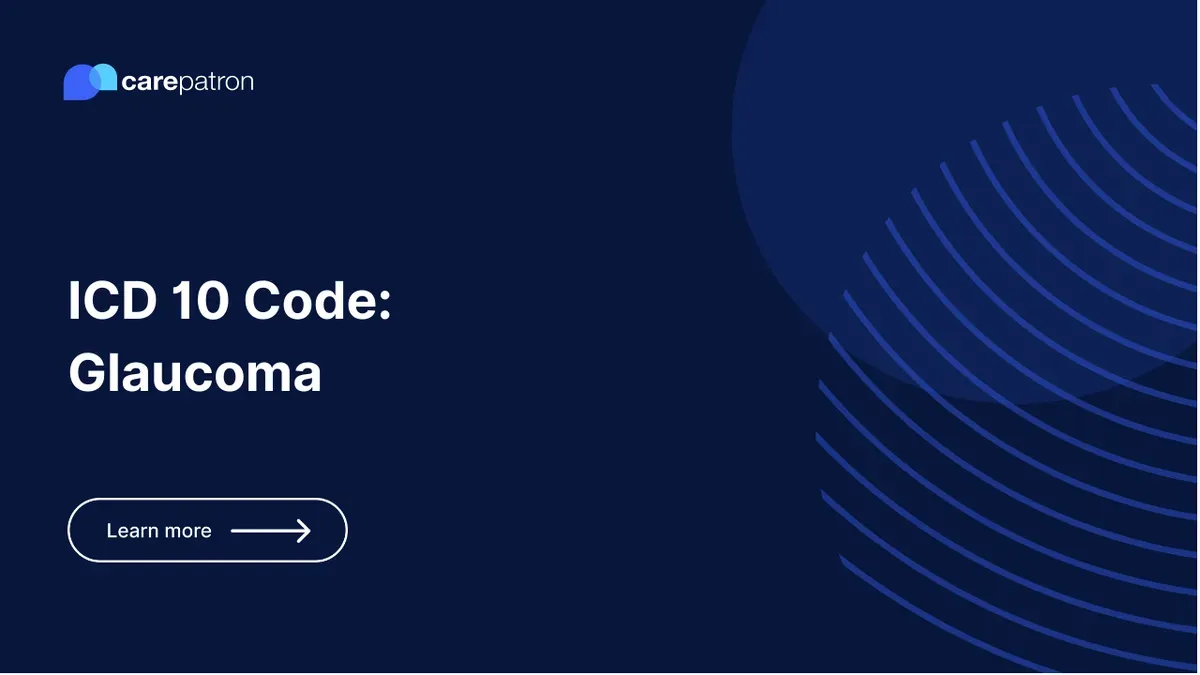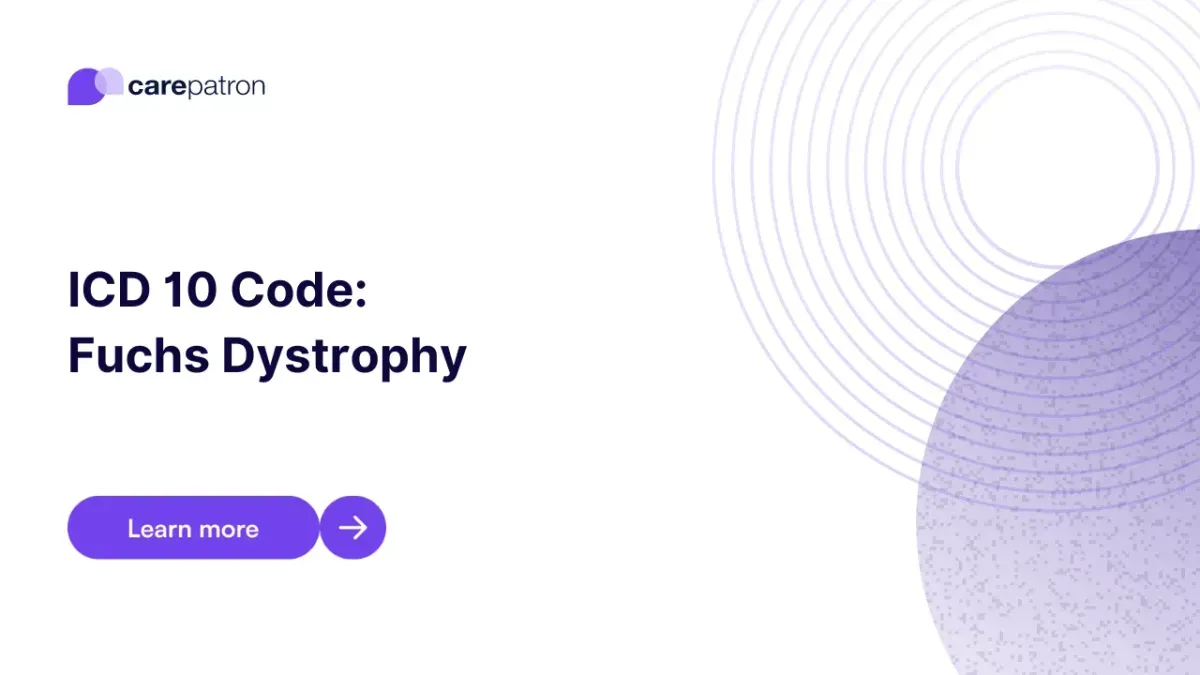VII: Diseases of the eye and adnexa (H00-H59)
Discover a comprehensive resource on diseases of the eye and adnexa with our ICD-10 category VII. Here, you will find a wealth of information about various eye conditions and their subclassifications. From common ailments like conjunctivitis (H10) and cataracts (H25-H28) to more complex issues such as glaucoma (H40-H42) and retinal disorders (H30-H36), we cover it all. Explore our pages dedicated to specific eye conditions, where you can learn more about their symptoms, causes, and treatment options. Whether you're interested in understanding the intricacies of corneal diseases (H15-H22) or exploring the different types of strabismus (H49-H52), our website provides a valuable resource for both medical professionals and individuals seeking information about eye health. With our user-friendly interface and easy navigation, finding the information you need is just a click away. Stay informed and empowered with our comprehensive ICD-10 category VII, your go-to source for all things related to diseases of the eye and adnexa.
Vision Loss ICD-10-CM Codes | 2023
Explore comprehensive ICD-10 codes for vision loss, aiding in accurate diagnosis, treatment, and billing. Stay updated with the latest codes for 2023.
Vertigo ICD-10-CM Codes | 2023
Looking for ICD-10 codes related to vertigo? Check out this guide to learn about some of the ICD-10 codes you can use and clinical information about vertigo.
Posterior Vitreous Detachment ICD-10-CM Codes | 2023
Read this short guide to learn about Posterior Vitreous Detachment ICD codes you can use!
Otitis Media Bilateral ICD-10-CM Codes
Learn about ICD-10 codes for otitis media, symptoms, causes, treatments, and billing details.
Macular Degeneration ICD-10-CM Codes
Commonly used Macular Degeneration ICD Codes, including their clinical descriptions, billability status, synonyms, FAQs, and more.
Low Vision ICD-10-CM Codes | 2023
Read this short guide to learn about Low Vision ICD codes you can use!
Itchy Eyes ICD-10-CM Codes
Delve into the comprehensive guide on Itchy Eyes ICD codes for 2023. Understand the codes, billability, and clinical significance related to ocular discomfort.
Hearing Loss ICD-10-CM Codes
Navigate the ICD-10 codes for Hearing Loss. Get comprehensive clinical info, and ensure coding accuracy.
H25.11 – Age-related nuclear cataract, right eye
Dive into the clinical information, billability, synonyms, and more of ICD-10-CM H25.11, highlighting age-related nuclear cataract, right eye.
Glaucoma Suspect ICD-10-CM Codes
Learn how ICD-10 Codes Used for Glaucoma Suspect help healthcare professionals identify individuals with risk factors for glaucoma, even before symptoms manifest.
Glaucoma ICD-10-CM Codes
Check out this guide to learn about the ICD-10 codes you can use for glaucoma, if they’re billable or not, and some clinical information.
Fuchs' Dystrophy ICD-10-CM Codes
Learn about the ICD codes you can use for Fuchs dystrophy through this guide.
VII: Diseases of the eye and adnexa (H00-H59)
The ICD-10 category "Diseases of the eye and adnexa" (H00-H59) encompasses a wide spectrum of conditions affecting the eye and its surrounding structures. ICD guides within this category are essential for accurate coding and comprehensive documentation of these complex ocular disorders. Comprehensive ICD guides offer detailed insights into the subcategories within H00-H59. For example, they cover disorders of the eyelid, lacrimal system, and orbit (H00-H05), diseases of the conjunctiva (H10-H13), and disorders of the lens (H25-H28). Accurate coding, guided by these resources, is essential for diagnosing and treating ocular conditions effectively. It assists healthcare providers in identifying the specific disorder, its severity, and potential treatment modalities. Furthermore, ICD guides within this category play a pivotal role in advancing ophthalmic research, enabling researchers to study disease prevalence, visual outcomes, and the effectiveness of various treatments. Accurate coding also supports healthcare management by ensuring that individuals with eye and adnexal disorders receive appropriate eye care tailored to their specific needs. In addition to individual patient care, precise coding in this category has a broader impact on public health. It enables health agencies to monitor trends in eye diseases, plan for preventive measures like cataract surgeries or diabetic retinopathy screenings, and allocate resources effectively to address the growing burden of ocular conditions. Timely and accurate coding ensures that patients receive early interventions and appropriate management, ultimately preserving their vision and quality of life.

